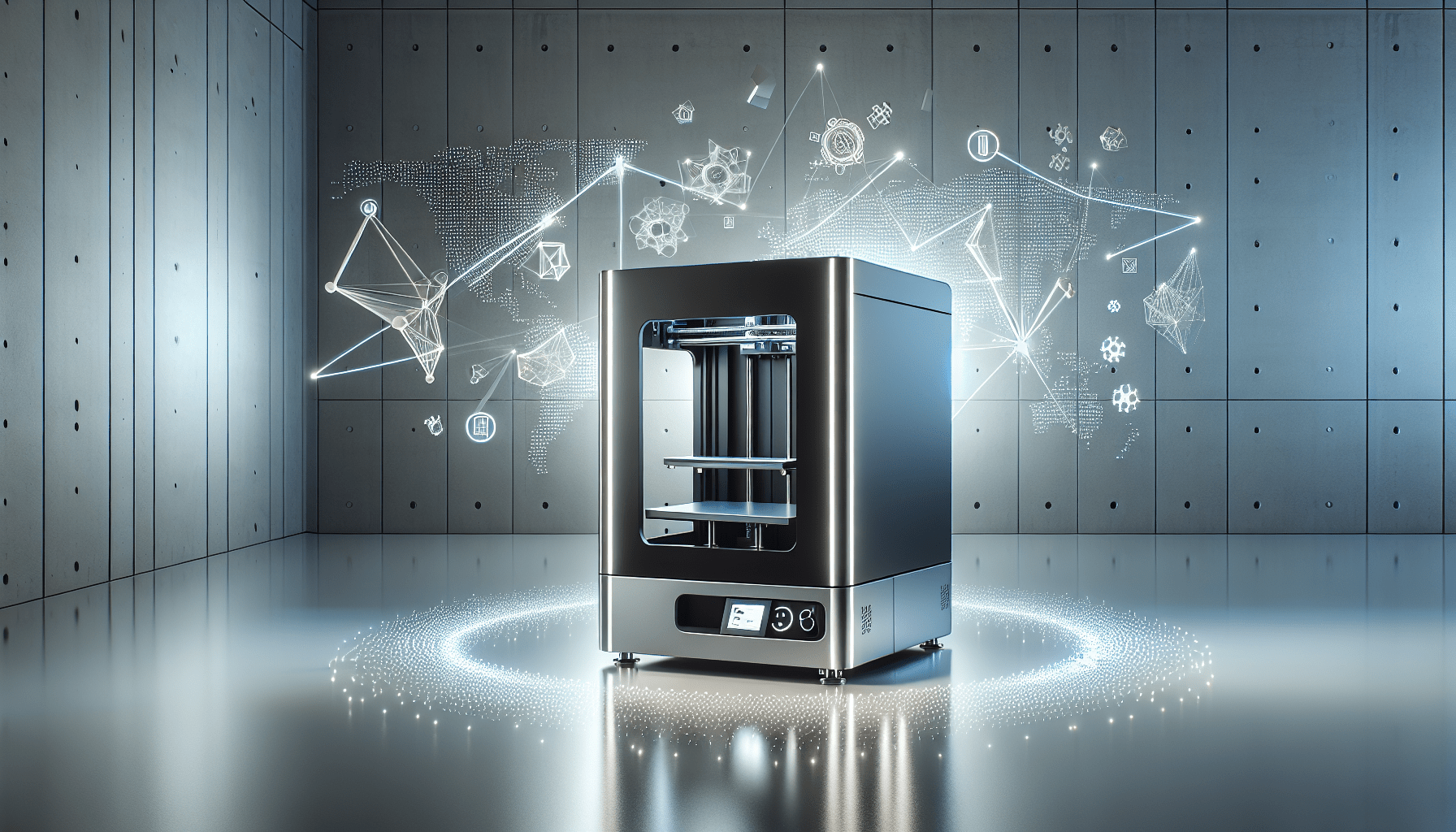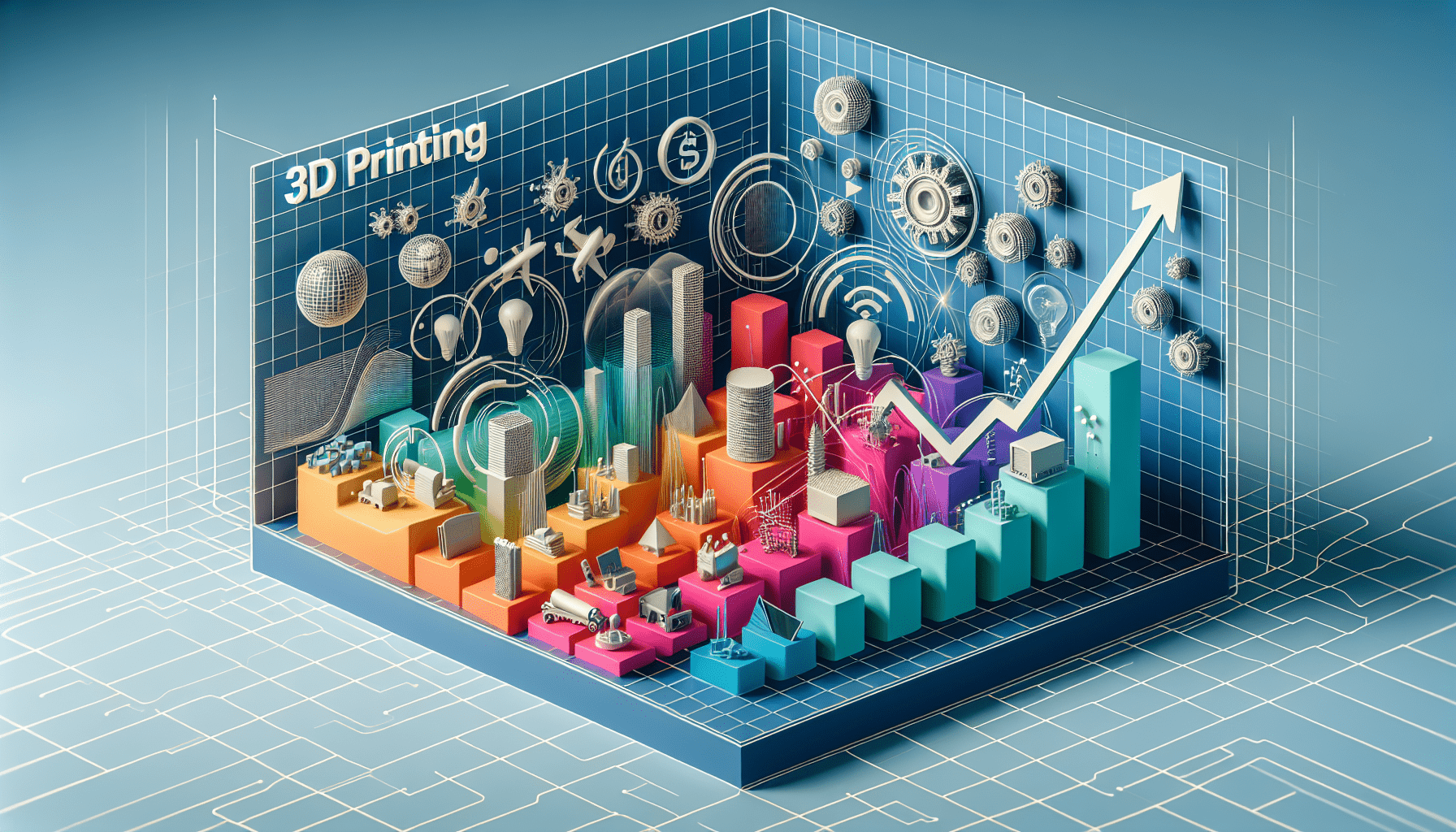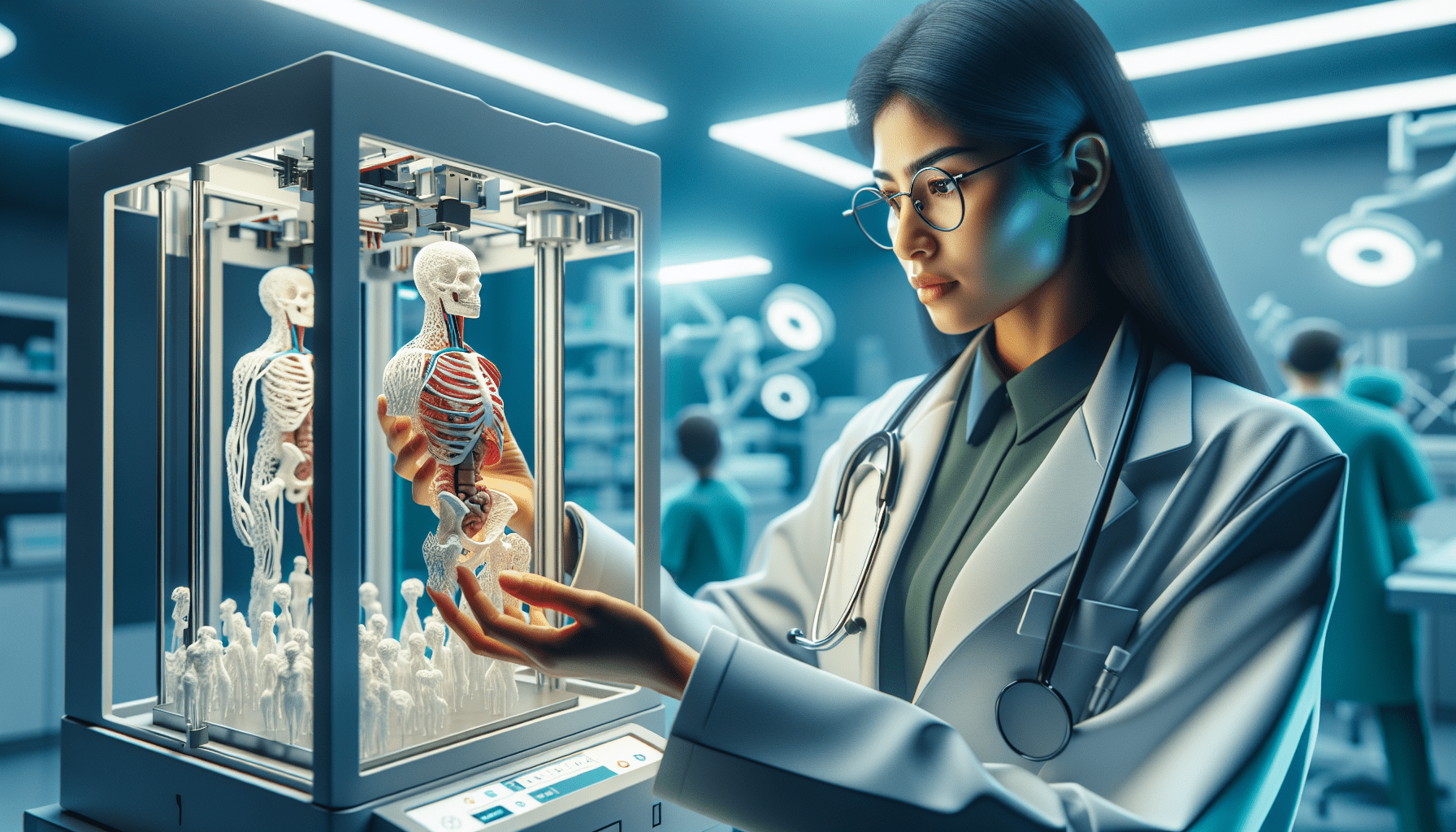Have you ever wondered how technology designed for use in outer space actually gets tested and validated? Fascinatingly enough, NASA has taken a significant leap forward by acquiring the C1000 Ceramic 3D Printer from 3DCERAM. This piece of cutting-edge technology will help conduct some critical experiments that could shape the future of space exploration.

$30 off $400+ Anycubic Products with code AC30OFF
The Path to Acquiring the C1000 Ceramic 3D Printer
NASA Marshall Space Flight Center and the Jacobs Space Exploration Group awarded a pivotal contract to 3DCERAM Sinto, Inc. This deal brings the innovative C1000 FLEXMATIC ceramic 3D printer into NASA’s arsenal of high-tech equipment. Why is this a big deal? Simply put, this printer will allow the creation of test samples using advanced materials that will further our understanding of how these materials can be utilized in space.
Why Ceramics?
Ceramic materials have fascinating properties such as extreme hardness, heat resistance, chemical resistance, and lightweight, all of which make them perfect candidates for outer space applications. Let’s dive deeper into why these characteristics make ceramics a material of choice for space exploration.
Characteristics of Advanced Ceramics
When it comes to materials suited for space, ceramics hold some unique advantages. Here’s what sets them apart:
Extreme Hardness
Ceramic materials are renowned for their extreme hardness. This trait allows them to withstand the harsh conditions in space without degrading or breaking down.
Heat Resistance
Space presents a myriad of thermal challenges, from the freezing cold of the cosmic void to the scorching heat during re-entry. Ceramics possess high thermal stability, making them an ideal choice for parts that need to endure these temperature extremes.
Chemical Resistance
Spacecraft and their components are often exposed to a variety of hazardous chemicals. Ceramics offer robust chemical resistance, ensuring longevity and integrity even in such environments.
Lightweight
Weight is a crucial factor in space missions. The lighter the materials, the easier it is to launch them into space. Ceramics being lightweight, serve this purpose exceptionally well.
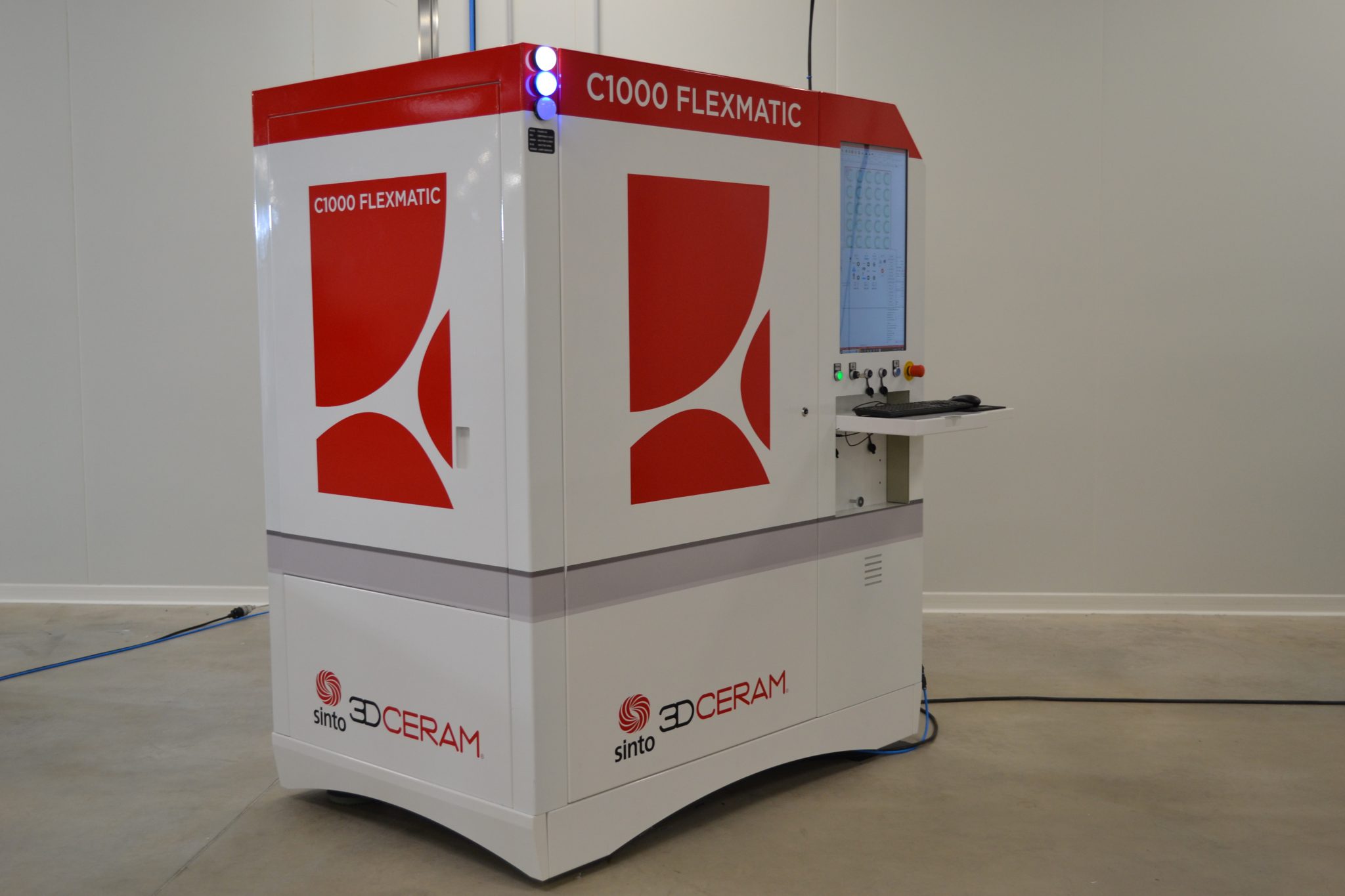
Buy Photon Mono M5 Get Free 1KG Resin
What is the MISSE Program?
The MISSE (Materials International Space Station Experiment) program is pivotal for testing materials in the unique conditions of outer space. Here’s how it integrates with NASA’s recent acquisition.
Scope of the Program
The MISSE program aims to manufacture material samples and secure them to the exterior of the International Space Station (ISS). These samples are then exposed to the space environment to study their behavior and durability.
Purpose of the Program
The core objective is to understand how different materials fare when exposed to space conditions like zero gravity, UV radiation, and temperature fluctuations. This data is invaluable for future missions and could lead to the development of new materials specifically for space travel.
The First Steps: Initial Tests with the C1000
NASA, in partnership with 3DCERAM, will immediately start using the C1000 FLEXMATIC printer to produce test parts under the MISSE program.
Manufacturing the Samples
3DCERAM Sinto Inc, based in Grand Ledge USA, will be tasked with manufacturing 20 sample parts to be launched to the space station for testing. These parts will serve as the basis for evaluating the viability of ceramics in space.
Six-Month Experiment
The samples will remain outside the ISS for six months. During this period, they’ll be subjected to outer space’s harsh conditions to gain insights into the materials’ ability to withstand such an environment.
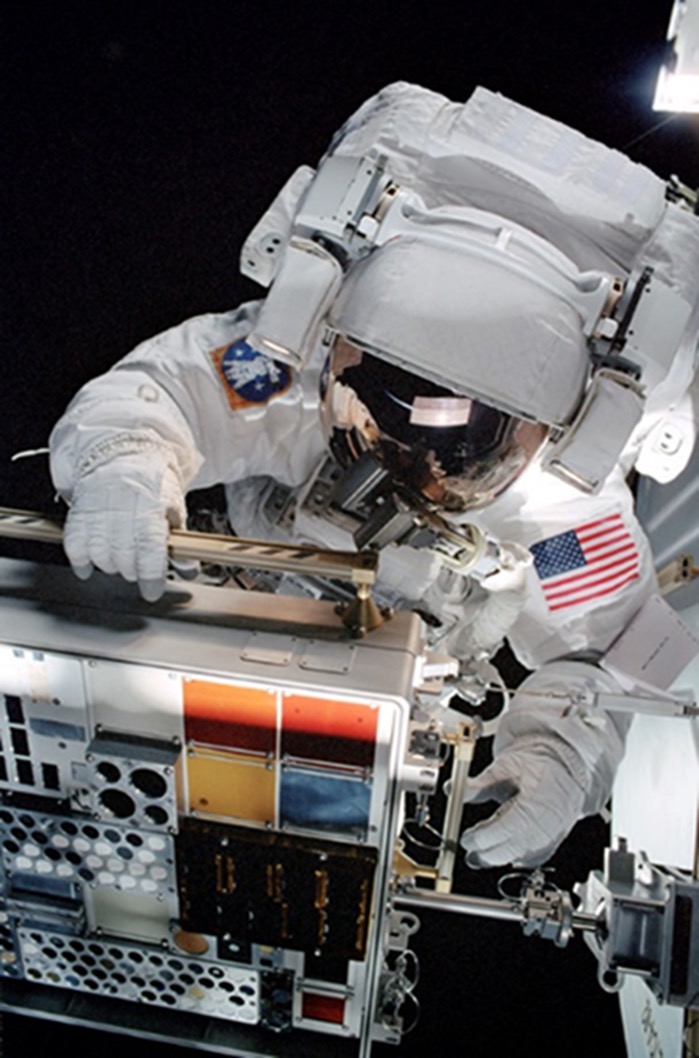
Benefits of Using C1000 for 3D Printing
The C1000 FLEXMATIC ceramic 3D printer offers unique advantages, making it an ideal choice for NASA’s research and development efforts.
Large Printing Platform
One of the notable features is its 320 mm x 320 mm printing platform. This capability allows for the production of large and fully dense parts, which are often required for testing and practical use.
Semi-Automatic Process
The semi-automatic printing process of the C1000 FLEXMATIC ensures consistency and precision, essential for producing reliable test samples.
Real-World Applications and Future Prospects
Once characterized and validated, these ceramic materials could see real-world applications in various aspects of space missions.
Space Vehicle Components
The ultimate goal is to develop flight-worthy hot structures and heat shields that could be employed outside space vehicles. Imagine ceramic materials that not only survive but thrive in the outer space environment, leading to safer and more efficient spacecraft.
Potential for Other Sectors
While space applications are the primary focus, the knowledge gained from these tests could also benefit other sectors such as defense, medical implants, and even consumer products.
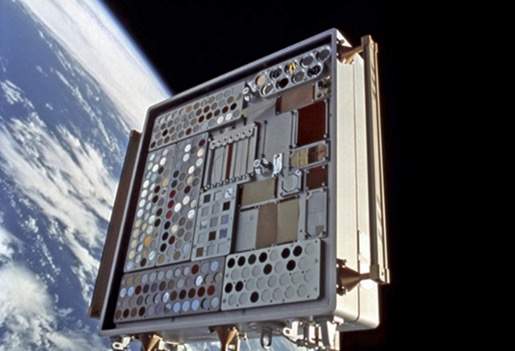
Comparative Analysis: Ceramic 3D Printing vs. Traditional Methods
When discussing such groundbreaking technology, it’s crucial to compare it with traditional manufacturing methods to appreciate its advantages fully.
Speed and Efficiency
Traditional ceramic manufacturing can be slow and labor-intensive. In contrast, 3D printing allows for rapid prototyping and production, significantly speeding up the testing and development process.
Precision and Complexity
3D printing allows for high precision and the creation of complex geometries that would be difficult, if not impossible, to achieve with traditional methods. This capability is particularly beneficial for producing intricate components required in aerospace applications.
Cost-Effectiveness
While the initial investment in a 3D printer like the C1000 FLEXMATIC may be high, the long-term savings in material waste, labor, and time make it a cost-effective solution overall.
Collaborations and Partnerships
Partnerships play a pivotal role in advancing technology, and the NASA-3DCERAM collaboration is no exception.
3DCERAM and NASA
By bringing 3DCERAM on board as an official partner, NASA leverages their expertise in ceramic 3D printing. This collaboration not only accelerates material testing but also paves the way for future innovations in space materials.
Other Commercial Entities
It’s worth noting that NASA isn’t the only organization exploring 3D printed ceramics. Companies like Redwire are also making strides in this field, reinforcing the idea that ceramics could revolutionize space exploration.

Challenges and Considerations
Like any groundbreaking technology, ceramic 3D printing for space applications comes with its own set of challenges.
Environmental Exposure
One of the primary tests involves exposing materials to the harsh conditions of space — zero gravity, radiation, extreme temperatures. These elements pose unique challenges that must be addressed for successful application.
Consistency and Reliability
Inconsistencies during the manufacturing process can lead to faults in the final product. Therefore, ensuring a reliable and reproducible process is crucial for the success of these materials in real-world applications.
Future Outlook
The journey of ceramic 3D printing has just begun, and the future holds immense promise.
Expanding Research
With the successful testing of initial samples, future research can explore other ceramic composites and hybrid materials, further expanding the horizons of what’s possible in space engineering.
Broader Applications
While the primary focus is on aerospace, the possibilities are endless. Medical, construction, and consumer products sectors could all benefit from the advancements made in ceramic 3D printing.
Conclusion
NASA’s acquisition of the C1000 FLEXMATIC ceramic 3D printer from 3DCERAM marks a significant milestone in space research and material science. The unique properties of ceramics, combined with cutting-edge 3D printing technology, provide new opportunities for innovation and exploration. As these advanced materials undergo rigorous testing under the MISSE program, the future of space missions looks brighter and more exciting than ever.
Imagine a future where spacecraft materials are not only incredibly durable but also lightweight and resistant to extreme temperatures and chemicals. That future could be much closer than you think, thanks in part to this groundbreaking collaboration. As NASA continues to push the boundaries of what’s possible, one can’t help but feel excited about the new frontiers in space exploration that are yet to be discovered.
$30 off $400+ Anycubic Products with code AC30OFF






